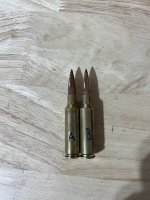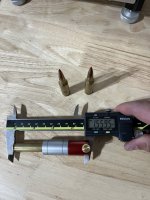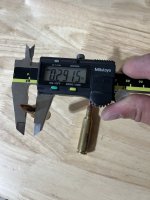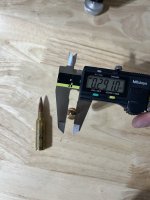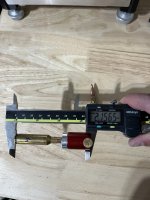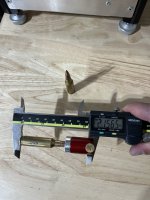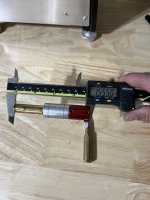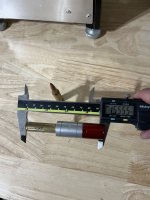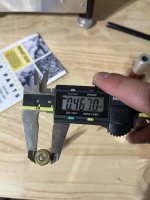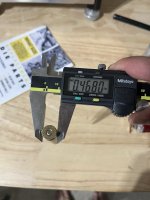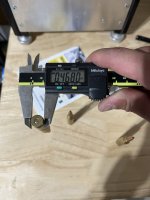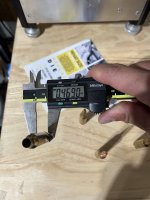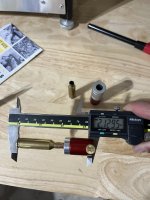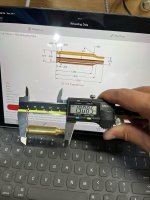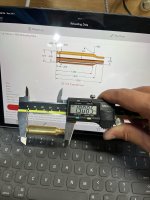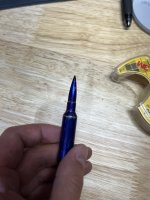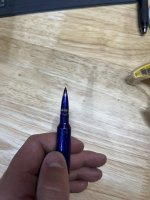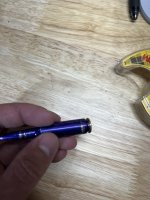Hi All,
A few months back I was helping a friend with a chambering issue so I posted here and everyone was a great help. Now I'm having the same issue with my rifle and I want to find out what Im doing wrong that causing this.
I created a load that worked great with my rifle, but I went to recreate the load, and now I'm having issues with every 2nd or third bullet not chambering. The bolt goes 95% of the way forward but just cant go far enough forward to close without putting excessive pressure on the bolt.
I have 2 cartridges now, one from the load I created last week, and the one from this week, both in theory should be exactly the same. The one that will chamber without issue is labeled "A" and the one that has issues chambering is labeled "B".
I took measurements of of the case month diameter, COAL to OJIVE, and the shoulder, and all seem to be the same between the two loads. Also just for good measure since I thought it was a resizing issue I took a measurement of the shoulder of a fired piece of brass form yesterday and both loads are 4 thousandths smaller then the fired brass.
Any help is appreciated, thanks!
A few months back I was helping a friend with a chambering issue so I posted here and everyone was a great help. Now I'm having the same issue with my rifle and I want to find out what Im doing wrong that causing this.
I created a load that worked great with my rifle, but I went to recreate the load, and now I'm having issues with every 2nd or third bullet not chambering. The bolt goes 95% of the way forward but just cant go far enough forward to close without putting excessive pressure on the bolt.
I have 2 cartridges now, one from the load I created last week, and the one from this week, both in theory should be exactly the same. The one that will chamber without issue is labeled "A" and the one that has issues chambering is labeled "B".
I took measurements of of the case month diameter, COAL to OJIVE, and the shoulder, and all seem to be the same between the two loads. Also just for good measure since I thought it was a resizing issue I took a measurement of the shoulder of a fired piece of brass form yesterday and both loads are 4 thousandths smaller then the fired brass.
Any help is appreciated, thanks!

